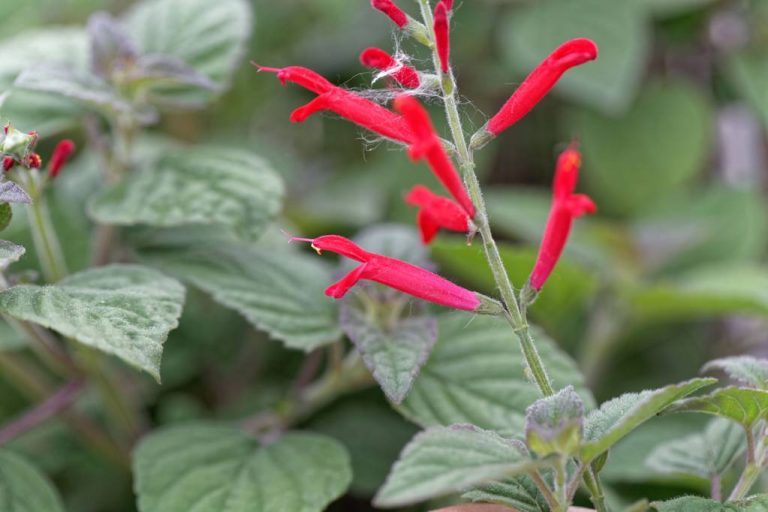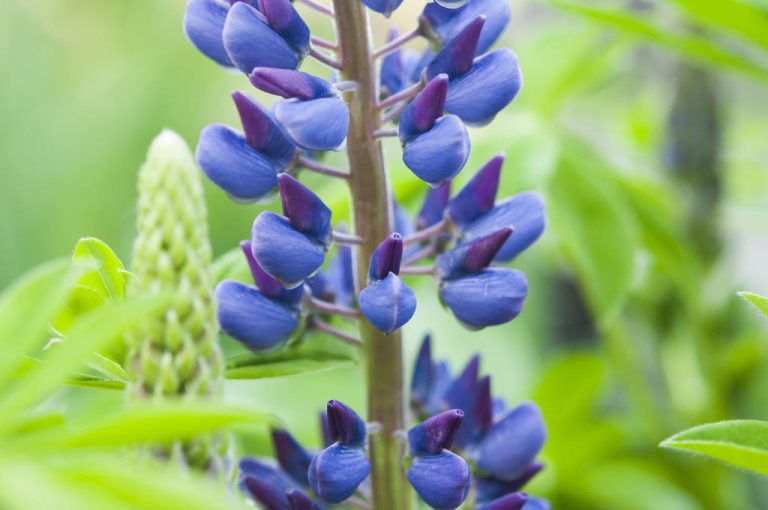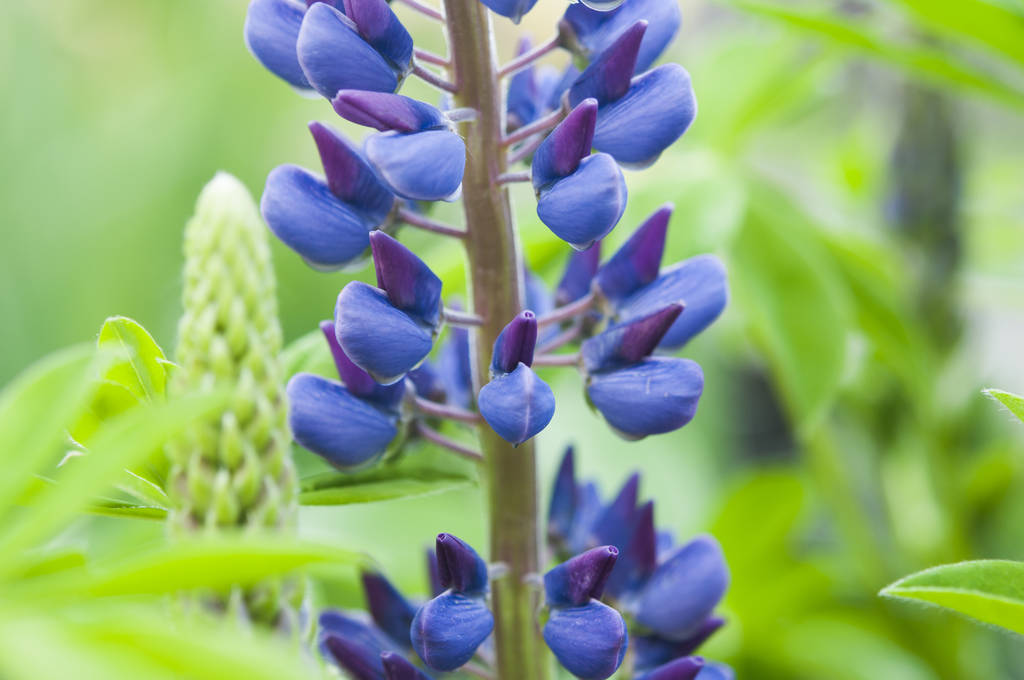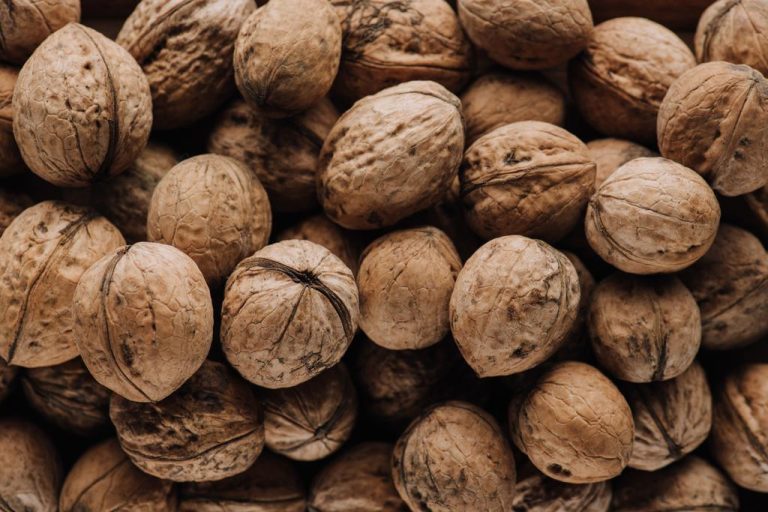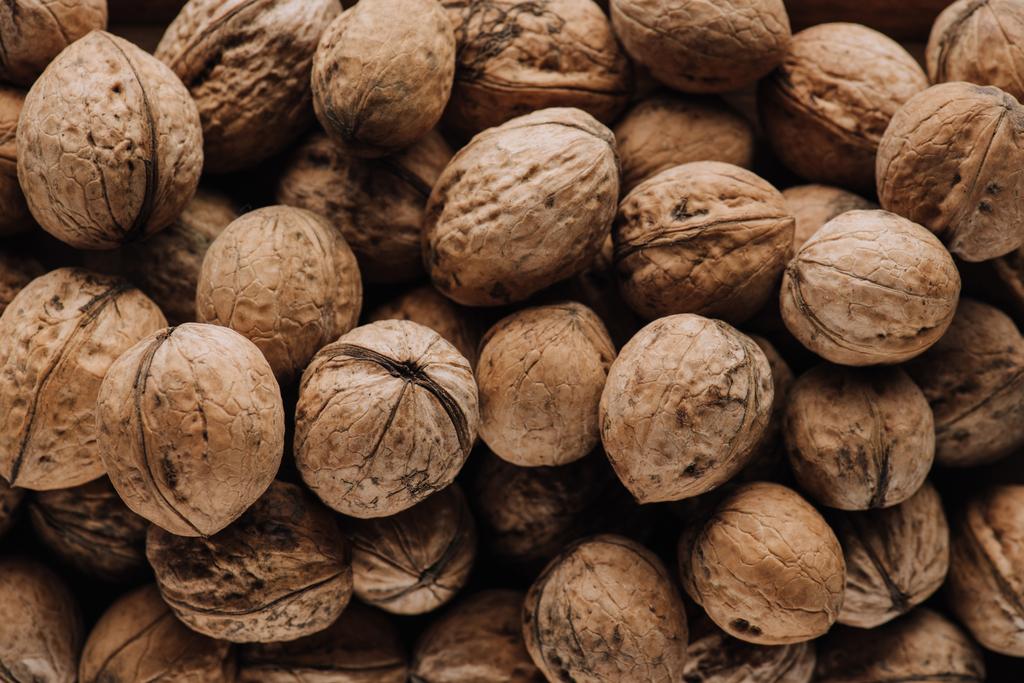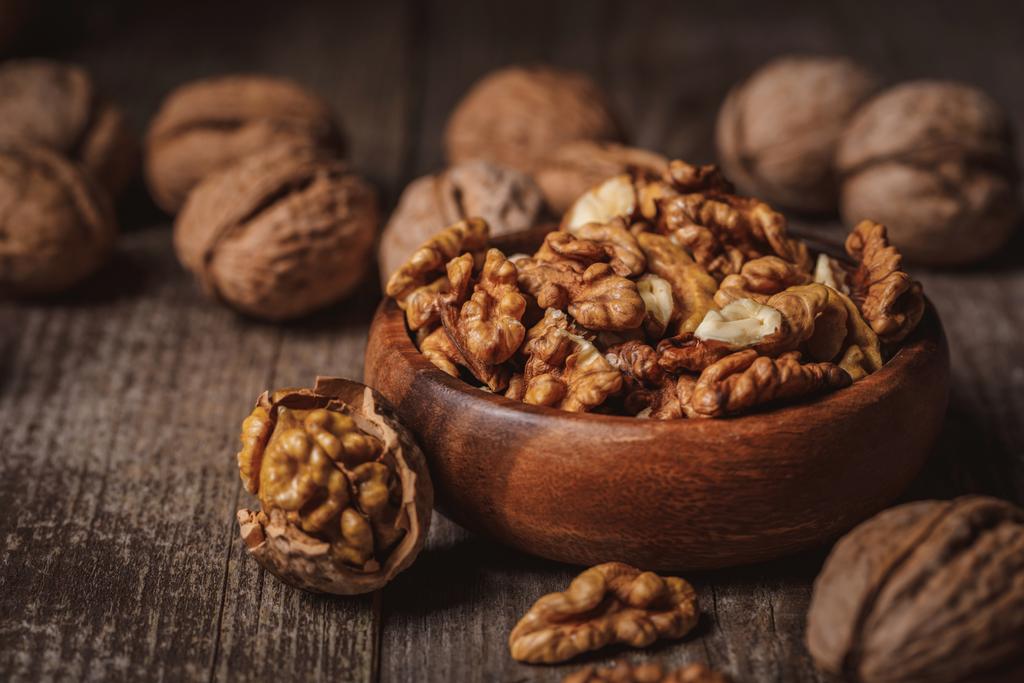Exotic pineapple sage is a fruity spice for summery dishes and drinks. Here you can find out everything about the use, cultivation and harvest of the South American herb.
Pineapple sage (Salvia elegans) is a plant from the mint family. The plant, which belongs to the sage family, owes its colloquial name to the scent of its leaves, which is reminiscent of pineapple. However, the herb is not related to the tropical fruit.
As with all types of sage, both the leaves and flowers of pineapple sage can be used for seasoning and cooking. With its bright red flowers, the exotic kitchen herb is also a pretty ornamental plant for the balcony and garden. As a late bloomer, it brings color to your garden well into autumn.

Use: pineapple sage in summer salads
Pineapple sage originally comes from the highlands of Mexico and Guatemala. Today it enjoys worldwide popularity as an exotic culinary herb.
Thanks to its sweet note, pineapple sage is ideal for refining desserts, such as fruit salads or cold dishes.
You can also add an exotic touch to fruity salads with the herb. The bright red flowers are also ideal as an edible decoration.
Pineapple sage goes well with other fresh herbs – mint or lemon balm, for example, are ideal partners: decorate and spice up fresh summer salads with a combination of pineapple sage and mint.
Refine homemade lemonades or iced tea with leaves and flowers of the sage plant.
On cooler days, you can also make tea from the leaves of pineapple sage: Put a few leaves in a tea strainer and let them steep in boiling water for about five minutes. Tea made from pineapple sage tastes a little tarter than the fresh herb.
The leaves can also be used dried for any use.
Grow pineapple sage
Pretty pineapple sage is an uncomplicated and hardy herb. You can cultivate it both in the garden and in a bucket on the balcony. It should be noted that the perennial plant is not winter-proof and has to go inside during the cold season. With good care, you can enjoy a richly branched shrub that can reach a height of up to half a meter.
Location
Pineapple sage prefers a sunny to half-shady and warm location. A wind-protected place along a house wall or in a sunny corner of your balcony is suitable for this.
The mild morning and evening sun is good for your sage. However, the herb should not be exposed to the midday sun.
floor
The exotic herb thrives best in soil rich in nutrients and humus, which may be enriched with a little sand.
The soil around the root ball should not dry out and should be watered regularly. However, the plant does not tolerate waterlogging either. To prevent this, you can provide natural drainage with a generous layer of sand or gravel at the bottom of the planting hole or the bottom of your tub.
If you plant your pineapple sage in a pot, make sure that the water can drain out of the pot through the drainage.
In the growing season from spring to late autumn, your sage plant will be happy about regular fertilizer application. Use homemade compost or organic fertilizer.
hibernate
Pineapple sage is not hardy.
If your pineapple sage is growing in a pot, put it in a cool, unheated spot in the house where the plant gets enough daylight before the first frost. A bright conservatory, a greenhouse or even a stairwell are perfect for this.
In winter you can reduce the watering and stop fertilizing completely. The plant now gathers strength until the next shoot.
Pineapple sage growing in the garden must be cut back completely in winter and its roots well protected from frost. Lay a thick layer of brushwood or leaves around the root ball. In colder regions or in very cold winters, the plant cannot always be overwintered successfully. If you are unsure, plant them in the bucket.
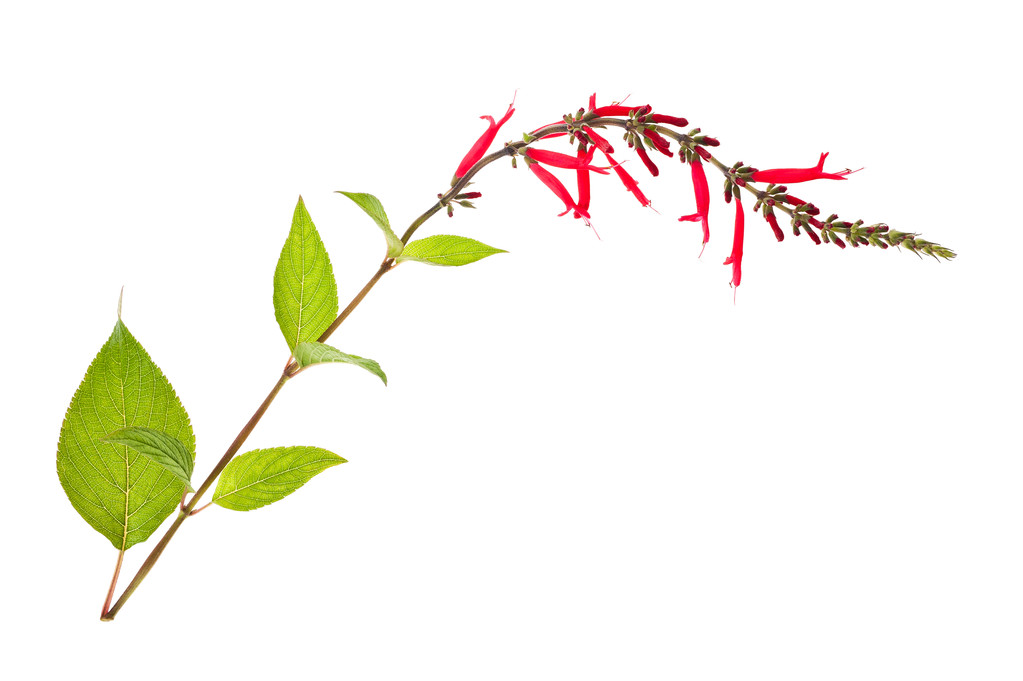
Harvest pineapple sage
Pineapple sage can be harvested all year round. The green leaves taste particularly aromatic before the first flowering period, but can also be harvested later. You should harvest the flowers just before they fade. Use sharp scissors or a knife to cut off both flowers and leaves at the end of the stem.

